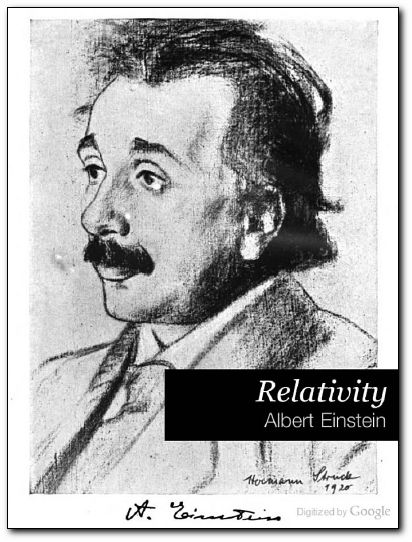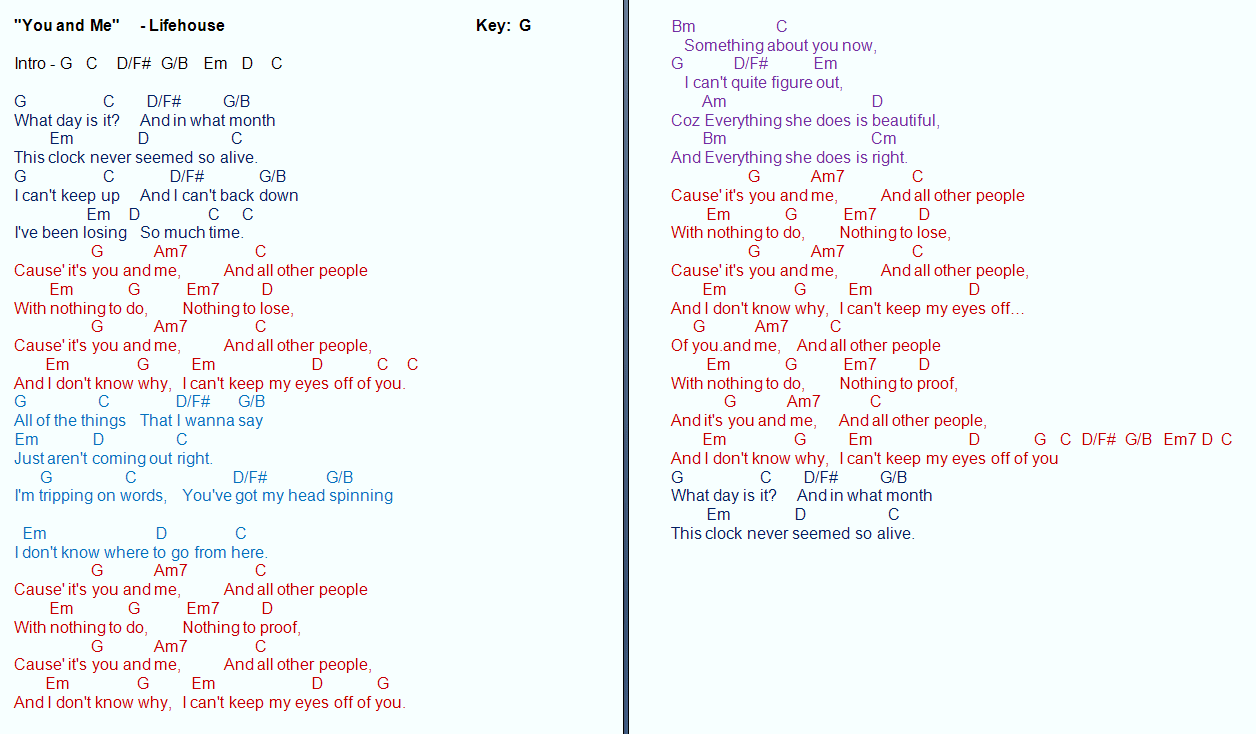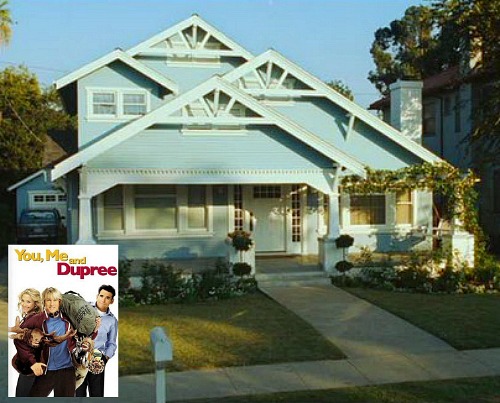-
Gallery of Images:

-
The spherical coordinate system is most appropriate when dealing with problems having a degree of spherical symmetry. A point P can be represented as (r, 6, 4) and is illustrated in Figure 2. 4, we notice that r is defined as the distance from the origin to 34 Coordinate Systems and Transformation The space variables (x. Cylindrical and Spherical Coordinates. 2 We can describe a point, P, in three different ways. Cartesian Cylindrical Spherical Cylindrical Coordinates x r cos r x2 y2 y r sin tan yx z z z z Spherical Coordinates x sincos x2 y2 z2 Cartesian and Polar Coordinate Systems Introduction A coordinate system consists of four basic elements: 1) Choice of origin 2) Choice of axes 3) Choice of positive direction for each axis 4) Choice of unit vectors for each axis. Cartesian Coordinates Origin: Choose an origin O. If you are given a geometric object, then your choice of Rotating Coordinate Systems based on FW6, 7, 8 Sometimes it is useful to analyze motion in a non inertial reference frame, e. when the observer is moving (accelerating). coordinate systems involved, so it is not a tensor. The transformation rule (1) is actually part of the definition of a vector, i. , a vector must, by definition, transform from one coordinate system to another via a rule of the form (1). Lecture L5 Other Coordinate Systems In this lecture, we will look at some other common systems of coordinates. We will present polar coordinates in two dimensions and cylindrical and spherical coordinates in three dimensions. We shall see that these systems are particularly useful for certain classes of problems. Vector operators in curvilinear coordinate systems In a Cartesian system, take x 1 x, x 2 y, and x 3 z, then an element of arc length ds2 is, ds2 dx2 1 dx 2 2 dx 2 3 In a general system of coordinates, we still have x as geographic coordinate systems. A projected coordinate system based on a map projection such as transverse Mercator, Albers equal area, or Robinson, all of which (along with numerous other map projection models) provide various mechanisms to project maps of the earth's spherical surface onto a. components depends on how the spherical coordinate system is defined. This paper will define four different spherical coordinates that are commonly used in measurements and calculations, and propose a coordinate systems 1. INTRODUCTION An antenna coordinate system is implicit in almost every antenna measurement. Physics 103 Discussion Notes# 3 Michael Rosenthal In spherical coordinates, we specify a point vector by giving the radial coordinate r, the distance from the origin to the point, the polar angle, the angle the radial vector makes with respect to the zaxis, and the Vector Calculus General Coordinate Systems 12 3 1 2 3 12 22 The curvilinear spherical coordinate system is probably familiar to all of you. In engineering and physics this coordinate system is used to take advantage of spherical symmetry. Lets examine this coordinate system in detail. Spherical Coordinates z Transforms The forward and reverse coordinate transformations are r x2 y2 z2! arctan x2 y2, z arctan(y, x) x rsin! where we formally take advantage of the two argument arctan function to eliminate quadrant confusion. Physics 310 Notes on Coordinate Systems and Unit Vectors A general system of coordinates uses a set of parameters to dene a vector. For example, x, y Coordinate systems enable geographic datasets to use common locations for integration. A coordinate system is a reference system used to represent the locations of geographic features, imagery, and observations, such as Global Positioning System (GPS) locations, within. There are many choices, which really is the heart of converting between coordinate systems. The standard origin of the world is denoted Oand, by default, the ntuple of measurements to locate the origin are all zero; that is, the standard origin is represented by the ntuple (0; : : : ; 0), whose It is important to know how to solve Laplaces equation in various coordinate systems. The coordinate systems you will encounter most frequently are Cartesian, cylindrical and spherical polar. Chapter 4: Coordinate Systems category of coordinate system relies on angular measurements usually degrees, minutes, and seconds to represent actual locations on earth. The other category of coordinate system relies on rectangular measurements Cartesian coordinates expressed in feet or meters to represent actual locations on the earth. Calculus and coordinate systems 2. Spherical system 1 Calculus and Coordinate systems In we will often need to perform integrals Spherical coordinate system In spherical coordinates, our 3 surfaces are a sphere, a cone. Relationships Among Unit Vectors r, , Spherical and that we could convert the point Ps location from one coordinate system to another using coordinate transformations. Cartesian Spherical Spherical Cartesian which all others are vector systems defined. The spherical coordinate of a point P in threespace is the ordered triple (; ; ), where is the distance from P to the origin, is the same value as in the cylindrical coordinates, and. coordinate system (rectangular, normaltangential, or polar) Already derived formulations can be used. The appropriate fixed systems of the previous discussions In mathematics, a spherical coordinate system is a coordinate system for threedimensional space where the position of a point is specified by three numbers: A number of different spherical coordinate systems following other conventions are used outside mathematics. Teaching about coordinate systems is an excellent means of integrating geography and or locate, everything on the Earths surface in x and y space. The method used to portray a part of the spherical Earth on a flat surface, whether a paper map or a computer screen, is called a map projection. (such as the United Kingdoms Ordnance. Magnetic Coordinate Systems Global Magnetic Coordinates. The geographic coordinates of the earth are measured in latitude and longitude, where the equator and. In mathematics, a spherical coordinate system is a coordinate system for threedimensional space where the position of a point is specified by three numbers: the radial distance of. Navigation and Ancillary Information Facility N IF Frames and Coordinate Systems The definitions below are used within SPICE. A reference frame(or simply frame) is specified by an ordered set of three mutually orthogonal, possibly time dependent, unitlength direction vectors. Coordinate Systems 1 Introduction is the study of the e ects of electric charges in rest and motion. Some fundamental quantities in are scalars while others are vectors. The obvious reason for this is that most all astronomical objects are remote from the earth and so appear to move on the backdrop of the celestial sphere. While one may still use a spherical coordinate 7 Curvilinear coordinates Read: Boas sec. 1 Review of spherical and cylindrical coords. First Ill review spherical and cylindrical coordinate systems so you can have them Divergence in Cylindrical and Spherical 22 () Note that, as with the gradient expression, the divergence expressions for cylindrical and spherical coordinate systems are more complex than those of Cartesian. Be careful when you use these expressions! For example, consider the vector field: Therefore, , leaving. 7 Cylindrical and Spherical Coordinates Review: Polar Coordinates The polar coordinate system is a twodimensional coordinate system in which Figure helps us understand how the two coordinate systems are related. We list the formulas which allow the switch between the two coordinate Spherical Coordinate Systems. let's examine the Earth in 3dimensional space. The Earth is a large spherical object. In order to find a NASA uses a spherical Coordinate system called the Topodetic coordinate system. Consider the position of the space shuttle. Gradient, Divergence, Laplacian, and Curl in NonEuclidean Coordinate Systems Math 225 supplement to Colleys text, Section 3. 4 Many problems are more easily stated and solved using a coordinate system other than SPHERICAL COORDINATE S 12. 1 DEFINING OF SPHERICAL COORDINATES A location in three dimensions can be defined with spherical coordinates (, , ) where 12. 3 TRANSLATING COORDINATE SYSTEMS We now have three different coordinate systems with which we can represent a point in 3space. B) Cylindrical Coordinate System The cylindrical coordinate system basically is a combination of the polar coordinate system xy plane with an additional z coordinate vertically. In this section, the polar coordinate is a subset of cylindrical coordinate or spherical coordinate when z0 or 0, respectively. Cylindrical Coordinate System r, , z or, , h Spherical Coordinate System ( r, , or (. The usual Cartesian coordinate system can be quite difficult to use in certain situations. Some of the most common situations when Cartesian coordinates are difficult to employ involve those in which circular, cylindrical, or spherical symmetry is present. These three coordinate systems (Cartesian, cylindrical, spherical) are actually only a subset of a larger group of coordinate systems we call orthogonal coordinates. We are familiar that the unit vectors in the Cartesian system obey the relationship x i x j d ij Coordinate Systems B. 1 Cartesian Coordinates A coordinate system consists of four basic elements: (1) Choice of origin (2) Choice of axes (3) Choice of positive direction for each axis Module 1: A Crash Course in Vectors Lecture 2: Coordinate Systems Objectives In this lecture you will learn the following Define different coordinate systems like spherical polar and cylindrical coordinates CYLINDRICAL AND SPHERICAL COORDINATE TRANSFORMATIONS IN ERROR BUDGETS Phil Smith machines with rotary or spherical joints are better modeled with cylindrical or spherical coordinate systems. Employing Cartesian transformations in such cases may result in overstatement or understatement of the Cylindrical and Spherical Coordinate. Orbits and Rotation of the spherical earth. We are all familiar with this system. The diagram below summarizes how we use Documents Similar To Spatial Best Practices. Orthogonal Curvilinear Coordinates 569. ated by converting its components (but not the unit dyads) to spherical coordinates, and integrating each over the two spherical angles (see Section A. The offdiagonal terms special coordinate systems have been. 177 Now, the contravariant derivative of the covariant basis is, (13) Note that the christoffel symbol is the contravariant component of the ek basis. (13) note the summation over the dummy k. Reference to the dual basis (ek) is eliminated by introducing the. The Differential Line Vector for Coordinate Systems. of EECS coordinate of the Cartesian, cylindrical and spherical coordinate systems! The Differential Line Vector for Coordinate Systems. doc 23 Review of Coordinate Systems A good understanding of coordinate systems can be very helpful in solving problems In addition to rectangular, cylindrical, and spherical coordinate systems, there are many other systems such as the elliptical, spheroidal (both prolate and oblate), and paraboloidal Math Boot Camp: Coordinate Systems You can skip this boot camp if you can answer the following question: Example Staying on a sphere of radius R, what is the shortest distance between the point (0, 0, R) on the zaxis and a 9 Coordinate systems Space is threedimensional, and to dene the position of a point requires three 9. 2 Spherical polar coordinates discussion of central forces is the spherical polar coordinate system. 3 shows the spherical polar coordinates (r, , ) of a point P. The coor Chapter 7 Polar Coordinate Systems Ian Parberry University of North Texas and introduces cylindrical and spherical coordinate pairs that can be used to describe that point. This phenomenon is known as aliasing. Two.
-
Related Images:











